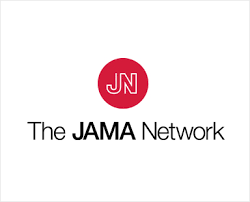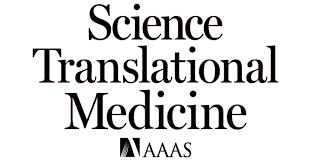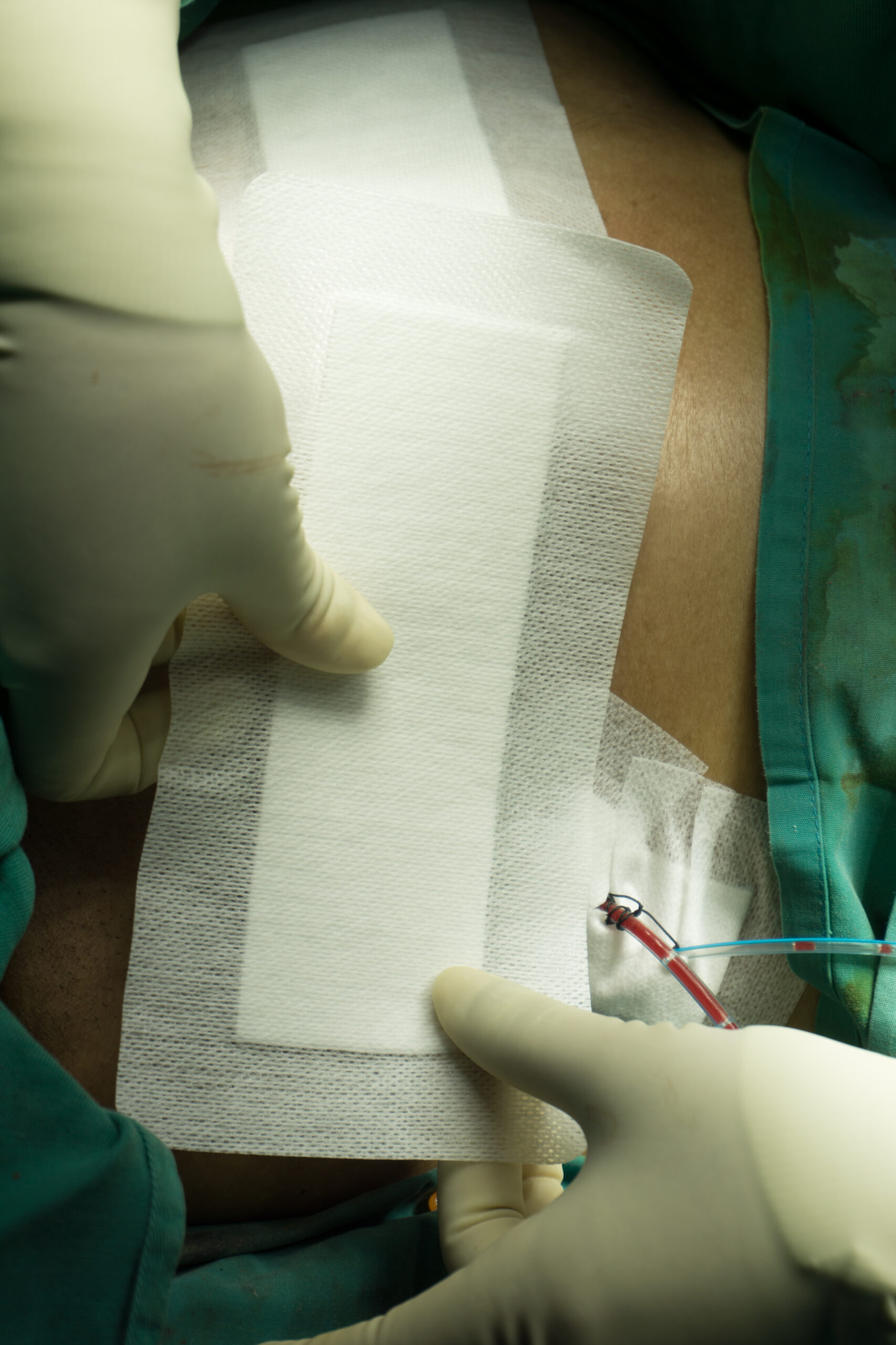Study reveals how OR ventilation, patient positioning impact surgical site infection risk

Editor's Note Optimizing patient positioning can help reduce the risk of surgical site infections due to airborne contaminants in positive-pressure ORs, according to a study published August 12 in Nature: Scientific Reports. Maintaining higher pressure than adjacent spaces prevents entry of contaminants from environments external to the OR. For this…
Povidone iodine noninferior to chlorhexidine gluconate for preoperative skin antisepsis

Editor's Note Amid continued debate about the best choice of preoperative skin antiseptic, findings published in JAMA June 17 show that povidone iodine in alcohol offers similar outcomes to chlorhexidine gluconate when used in alcohol. The randomized clinical trial included 3,360 patients in 3 tertiary care hospitals in Switzerland, 2,187…
Antiseptic nasal decolonization noses ahead

Over 20 years ago, an article from Johns Hopkins published in The New England Journal of Medicine showed that Staphylococcus aureus decolonization of the nares can decrease risk of surgical site infections (SSI). Since then, nasal decolonization—the application of a topical antimicrobial or antiseptic agent to the nares—has been adopted…
Surgical site infections often caused by preexisting bacteria

Editor's Note Most healthcare-associated surgical site infections are not caused by pathogens acquired in the hospital, but by previously harmless bacteria already present on patients’ skin prior to being admitted, according to a study published April 10 in Science Translational Medicine. Surgical site infections account for the highest annual costs…
Study makes case against preoperative urine culture for most surgical procedures

Editor's Note Findings published March 4 in Jama Network show that preoperative urine culture is a low-value intervention for most surgical patients and should be de-implemented. Despite guidelines to the contrary from Infectious Diseases Society of America and the American College of Physicians, preoperative urine testing and antibiotic treatment persists…
Study: Bacterial transmission in anesthesia work area increases SSI risk
Editor's Note Recent research delved into the connection between the transmission of antibiotic-resistant bacteria in the anesthesia work area and the occurrence of surgical site infections (SSIs), Anesthesiology News July 19 reports. While it was previously recognized that reducing microbial transmission through the anesthesia work area is crucial for preventing…
August is National ASC Month: Supporting the ASC industry
Editor's Note According to the Ambulatory Surgery Center Association (ASCA), every August, ambulatory surgery centers (ASCs) promote awareness of how they "have transformed the outpatient experience" by educating key policy and decision makers as well as the public on the many benefits ASCs provide. To participate in this month's celebration,…
SSI prevention in ASCs

Surgical site infection (SSI) surveillance has rapidly grown in the ambulatory setting over the last decade, with the expansion of the Centers for Disease Control and Prevention’s (CDC) National Healthcare Safety Network’s (NHSN) Outpatient Procedure Component (OPC). OPC-SSI is designed to track and monitor SSIs in ambulatory surgery centers (ASCs)…
Rates, risk factors, costs of SSIs after TKA
Editor's Note This study led by the Medical College of Wisconsin, Milwaukee, examines the longitudinal rates, risk factors, and costs of superficial and deep incisional surgical site infections (SSIs) after primary and revision total knee arthroplasties (TKAs). A total of 26,097 primary TKA patients and 3,663 revision TKA patients were…

 Free Daily News
Free Daily News